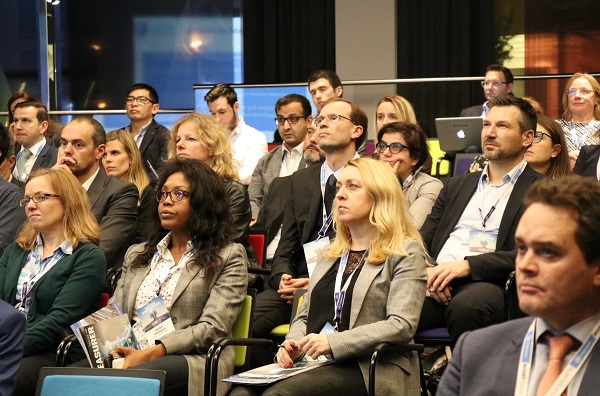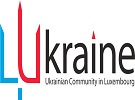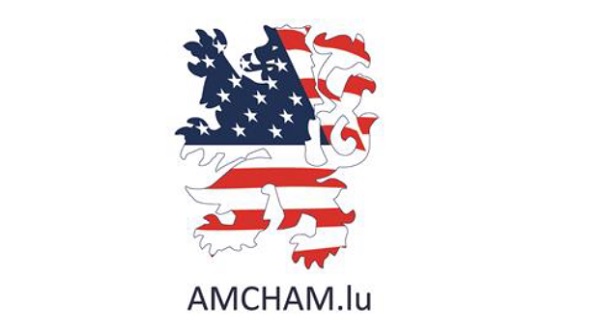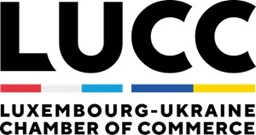 Winter Conference 2019;
Credit: ATEL
Winter Conference 2019;
Credit: ATEL
On Thursday 12 December 2019, the Luxembourg Association of Corporate Treasurers (ATEL) held its annual Winter Conference at Arendt House; the event was an opportunity to take stock of the latest trends and solutions in the treasury world.
Treasury Trends not just Technological
On this occasion, Cyrille Oudard and Jérôme Brun from kyriba described the journey of treasury functions from being primarily reactive to creating value through enterprise, insight and intelligence. Whilst technology is said to optimise treasury functions, the speakers added that the strategies and processes overlaying the technology heighten the fuller integration of treasury functions including payments, working capital and risk management workflows.
For his part, Stew Cofer, Head of EMEA Local Payments Products and Priyanka Rath, EMEA Liquidity Solutions Lead at J.P. Morgan, said that treasurers need to manage uncertainty in the macro environment and capture value from the hype surrounding technology. He asserted that embracing the changing payments landscape, they will facilitate cost reduction, yield enhancement, automation and better risk management.
One of the main messages at the ATEL Winter Conference was the changing importance of the interbank offered rate (IBOR). Philippe Förster from PwC proclaimed: “IBOR is the most important number in the world.” However, he added that this would change by the end of 2021 when it is replaced by annual recurring revenue (ARR). Mr Förster said that the change would require the identification and renegotiation of legacy LIBOR (London Inter-bank Offered Rate) debt contracts, an evaluation of existing hedged exposures for their transition to potential ARR exposures and monitoring the timing of transitions to ARR to mitigate risks.
LIBOR and KYC
In addition, François Masquelier, Chairman of ATEL, spoke about the increasing and negative effects of Know Your Customer (KYC) regulation. He concluded that KYC costs are increasing for corporates due to a lack of standardisation as the level of regulation increases. Paul Gerhard Haase from Cinfoni concurred, adding that Cinfoni’s network (a P2P solution based on distributed ledger technology) as a single point of contact with banks and corporate clients could achieve standardisation and automation. Jan Becker then showcased Cinfoni’s intuitive onboarding interface, which reduces the onboarding of corporate clients from six weeks to two days.
Technology and Cybersecurity
Cyrille Oudard and Jérôme Brun questioned what treasurers can expect from new technologies. Over 60% of survey respondents reportedly saw the potential in data analytics, robotic process automation (RPA) and artificial intelligence (AI) in the next two to three years. However, the survey found that only 1% or 2% were optimising treasury functions based on connected real-time data, advance predictive liquidity/working capital management and cloud-first strategies. The speakers also highlighted the benefits of technologies in reducing risk, increasing forecast accuracy to optimise working capital and drastically reducing the effort in reconciliations.
Finally, Ravi Rao, Vice President, Information Security at J.P. Morgan, stressed how, in the event of cyberattacks, treasurers need to protect critical payables including payroll, supplier payments, intercompany loans and margin payments using such tools such as a “Response Playbook.”








